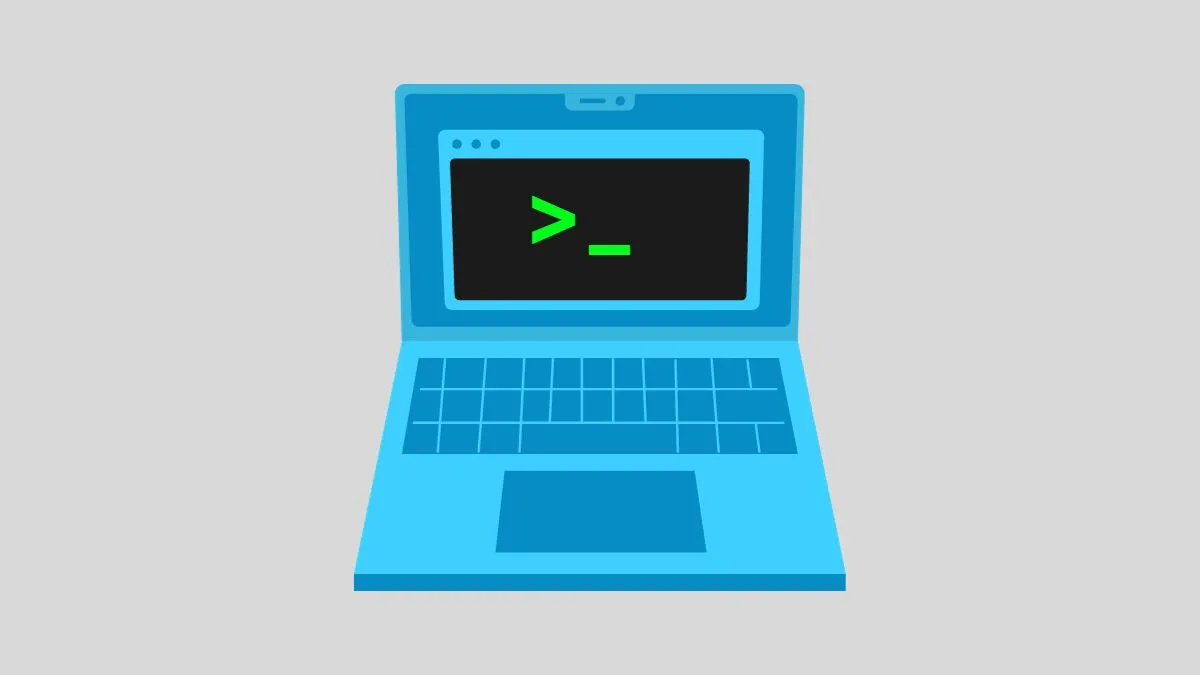It takes around 18 to 36 months for computing components to last in a normal business environment. However, it is important to note that this is just an average estimate and the actual lifespan of a computing component can vary greatly depending on multiple factors.
In this article, we will dive deeper into the topic of how long computing components are designed to last in a normal business environment and explore the various factors that can affect their lifespan.
Introduction
Computing components are essential for any modern business. From laptops and desktops to servers and networking equipment, these components play a vital role in keeping businesses running smoothly.
However, like any other electronic device, they are not designed to last forever. Eventually, they will become obsolete and need to be replaced. But the question is, how long can we expect these components to last in a normal business environment?

Factors Affecting Lifespan of Computing Components
There are several factors that can impact the lifespan of computing components in a normal business environment. Let’s take a closer look at each of them.
1. Quality of Components
The quality of a computing component is perhaps the most significant factor that determines its lifespan. Higher quality components are built with better materials and undergo rigorous testing, making them more durable and reliable.
On the other hand, cheaper components may be made with inferior materials and lack proper testing, leading to a shorter lifespan. In a business environment, where computing components are used extensively and often run for long hours, it is crucial to invest in high-quality components to ensure they last longer.
2. Usage
The usage of a computing component also plays a significant role in its longevity. Components that are used for basic tasks like word processing and web browsing will generally have a longer lifespan compared to those used for more demanding tasks such as video editing or gaming.
Additionally, components that are constantly running at high performance levels will likely wear out faster than those used intermittently.
3. Maintenance and Upkeep
Regular maintenance and upkeep of computing components can significantly extend their lifespan. This includes keeping them clean and dust-free, updating software and drivers, and replacing any worn-out parts.
Neglecting these tasks can lead to breakdowns or malfunctions, shortening the lifespan of the components.
4. Environmental Factors
The environment in which computing components are used can also impact their lifespan. For example, high temperatures can cause overheating and damage to the components over time. Humidity and dust can also affect the performance and longevity of components.
Therefore, it is essential to provide a suitable environment for computing equipment, such as proper ventilation and temperature control.
5. Technological Advancements
One significant factor that affects the lifespan of computing components in a business environment is technological advancements. As technology continues to evolve at a rapid pace, older components become obsolete, and businesses need to upgrade to newer and more advanced models.
This means that the lifespan of computing components is not solely determined by their physical durability but also by how long they can keep up with the latest technology.
Extending the Lifespan of Computing Components
While there are several factors that we cannot control when it comes to the lifespan of computing components, there are also ways to extend their longevity. Here are a few tips on how you can make your computing components last longer in a normal business environment.
1. Invest in High-Quality Components
As mentioned earlier, the quality of components is crucial for their longevity. While it may be tempting to cut costs and opt for cheaper options, investing in high-quality components will save you money in the long run. High-quality components may have a higher upfront cost, but they are designed to last longer and perform better, making them a more cost-effective choice.
2. Use Components for Intended Purposes
Using computing components for their intended purposes can significantly extend their lifespan. For example, using a gaming laptop for basic tasks like word processing can put unnecessary strain on the components, leading to faster wear and tear. It is essential to understand the capabilities of your components and use them accordingly.
3. Regular Maintenance and Upkeep
As mentioned earlier, regular maintenance and upkeep are vital for extending the lifespan of computing components. This includes cleaning dust build-up, updating software and drivers, and replacing worn-out parts.
It is also essential to schedule regular maintenance checks with a professional technician to ensure that all components are functioning correctly.
4. Monitor Environmental Factors
Keeping an eye on environmental factors can help identify any potential issues that may affect the lifespan of computing components. For example, if the temperature in the room where your equipment is located is consistently high, you may need to invest in better ventilation or cooling systems to prevent overheating.
Additionally, it would be best to keep the area clean and dust-free to avoid any build-up that could harm your components.
5. Plan for Technological Advancements
As technology continues to advance, it is essential for businesses to plan ahead and budget for future upgrades. This can help extend the lifespan of computing components as you will have a plan in place for when it is time to upgrade to newer and more advanced models.
Conclusion
In conclusion, the lifespan of computing components in a normal business environment can vary depending on several factors. While some factors are beyond our control, there are ways to extend the longevity of these components through investing in high-quality components, using them for their intended purposes, regular maintenance and upkeep, monitoring environmental factors, and planning for technological advancements.
By taking these measures, businesses can save money in the long run and ensure that their computing components last as long as possible. It is crucial to remember that proper care and attention are necessary to maximize the lifespan of computing components, ultimately benefiting both the business and its employees..





